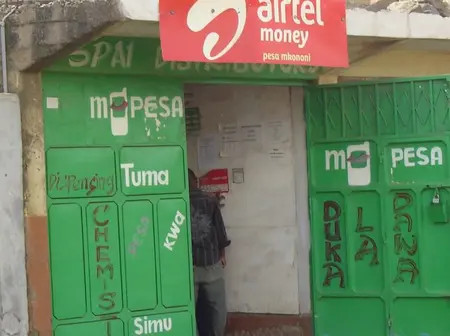Kenya’s mobile money market steadied in the fourth quarter ended June 2025, breaking a long trend of shifting shares.
Three years ago, in June 2022, M-Pesa commanded 96.8% of the market while Airtel Money held 3.1%. By June 2023, M-Pesa still led at 97.1% but Airtel had slipped to 2.8%. The turning point came in 2024 when Airtel crossed 6% by June and climbed to nearly 9% by December. That momentum has now slowed, leaving the market split between two providers.
Airtel’s rise was driven by lower fees, cashback campaigns, and rapid agent expansion—its network grew more than 70% year-on-year. Interoperability reforms also eased switching across wallets. But with subscriptions near 47 million, according to CAK’s figures, penetration is saturated. Gains are harder to sustain without deeper usage per customer.
Safaricom is responding with a US$309 million upgrade to move M-Pesa onto a cloud-native platform. The investment aims to improve reliability, cut downtime, and support expansion into services like lending and merchant payments. These steps are critical to defending its share as Airtel looks to convert price-sensitive users into long-term customers.
The contest is moving beyond raw share to who can build stronger ecosystems. Pricing drew users, but future growth will hinge on reliability, credit, and merchant adoption. Kenya’s mobile money duopoly is now locked in a battle over depth of use, not breadth of reach.

Leave a Reply